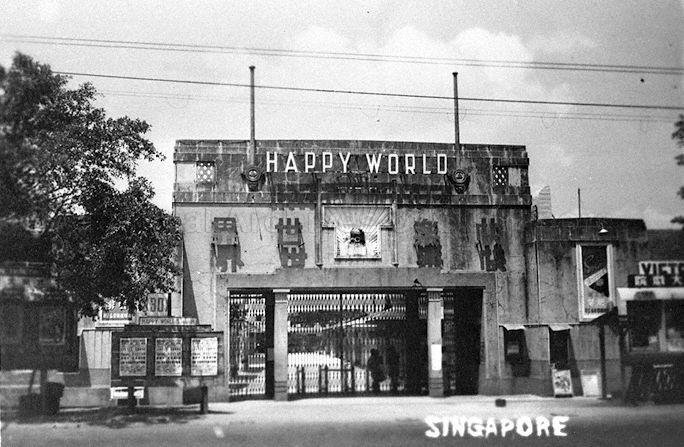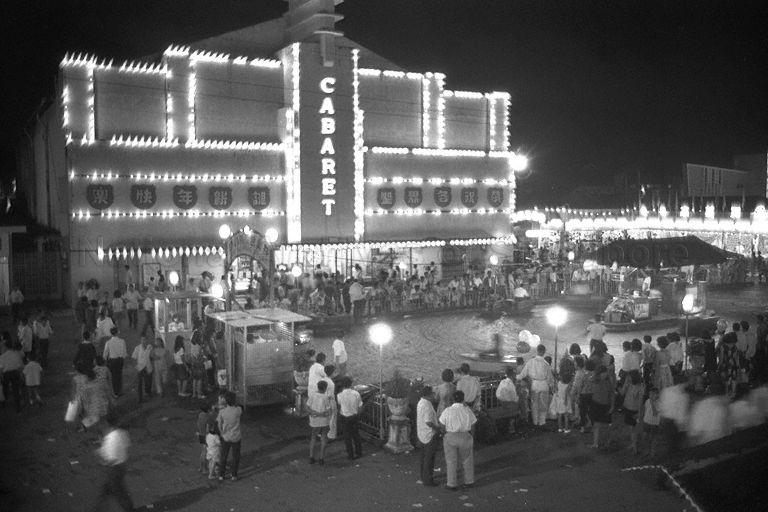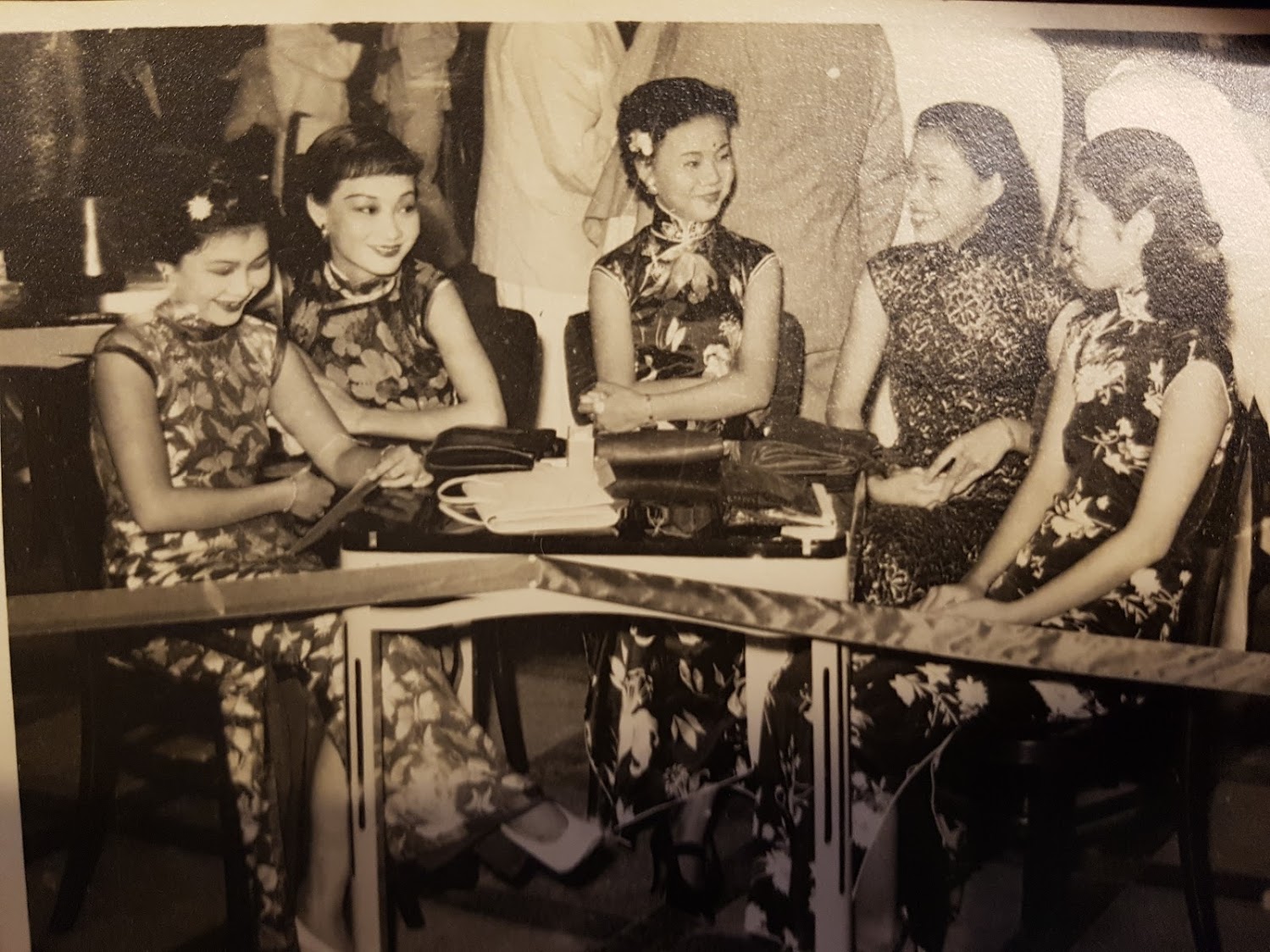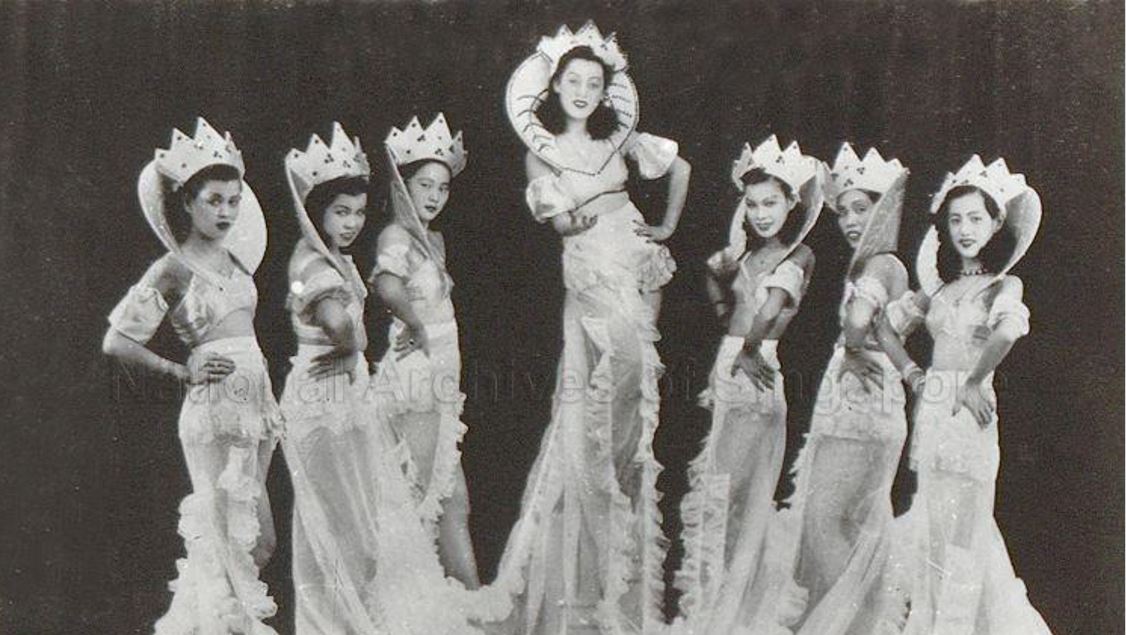In the 1930s, scores of immigrants came to Singapore seeking out new fortunes.
In Adeline Foo's Lancing girls of a Happy World, she writes that the world of the cabaret was a source of livelihood for many women.
During that period, the Shanghai nightclub scene was thriving and it influenced Singapore's landscape.
This meant that "dancing was viewed as a professional job" and "working in the cabaret could thus be seen as a form of liberation" for women looking for active employment.
Through accounts in Foo's book, we imagined the possible scenarios and decisions a woman might have to make during that time, and explore the outcomes of her actions.
It is the mid-1900s. You wish to find work. You:
- Become a clerk: Your job is to issue paper identity cards for the colonial government, but the pay is low ($6 a day) and it is a temporary job.
- Become a barber: Your duties entail hair clipping, shaving, shampooing, and ear cleaning. You have to spend about 15 hours on your feet for only about $100 a month.
- Dance in a cabaret: You have to work from 6pm to past midnight, dancing and accompanying guests. However, you must be quick-witted and be able to hold your liquor. You will earn about $200 a month, although this figure goes up to $1000.
You chose to dance in a cabaret because you had little education and a flair for dancing. Besides, it paid well.
There were three main amusement parks to choose from – New, Great, and Happy World, and you chose Happy World.
 Photo from NAS
Photo from NAS
 Photo from NAS.
Photo from NAS.
Upon becoming a "lancing girl" (a local mispronunciation of "dancing") you notice that there are several cliques. Who do you join?
- The purists, who only dance and do not socialise with their dance partners.
- The chatters, those who also chat and joke with their customers and sit with them at tables.
- The mixers, who are girls who can converse in many languages.
- Ang Mo Cha Bors, women who prefer dancing with white men.
You joined the chatters, and found out about the informal hierarchies within the cabaret.
 Photo courtesy of Peter Lee.
Photo courtesy of Peter Lee.
You also realised the importance of learning tricks of the trade in order to survive. For instance, you threw up every 30 minutes or so in order to keep drinking with guests.
You also hoped to become one of the gang members' favourite girls because this was a strategic move for survival.
The gang members' favourites were called the "ang pai," or the "red pack" and usually comprised only the prettiest girls. Girls who were looked upon favourably by the gang leaders would get respect, protection and status.
[related_story]
 Photo from NAS
Photo from NAS
One day, a regular customer of yours who has been giving you presents approaches you to be his mistress. You:
- Decline, because you do not wish to contribute to the negative impression that cabaret women are “unchaste”.
- Decline because you do not want to incur his wife's wrath. Recently, his wife has been coming to the cabaret looking for you and you had to hide in the toilet to escape a nasty encounter.
- Accept, because you know he is a rich towkay.
You accepted his offer. Several months after that, you discover you are pregnant with his child. What do you do with the baby?
- You want to keep dancing, so you try to get an abortion at a legalised clinic in Geylang.
- You want to keep dancing, but also want to save your hard-earned money, so you go to an unlicensed private midwife for the abortion. Even though these abortions are much cheaper, they are possibly unsafe and may lead to lacerations in the womb.
You chose the first option because you did not want to end up dying from any potential complications.
Eventually, you leave the cabaret when more job opportunities open up. Some of your colleagues also leave to become seamstresses or singers in dance halls.
Like many others, you choose to keep your past a secret for fear of people condemning you for your choices. Yet, you also know that you have lived a life of struggle with much courage and hope for a better future.
If you wish to read more about the life of lancing girls, check out Lancing girls of a Happy World by Adeline Foo, published by Ethos Books.
Top photo from NAS.
If you like what you read, follow us on Facebook, Instagram, Twitter and Telegram to get the latest updates.
